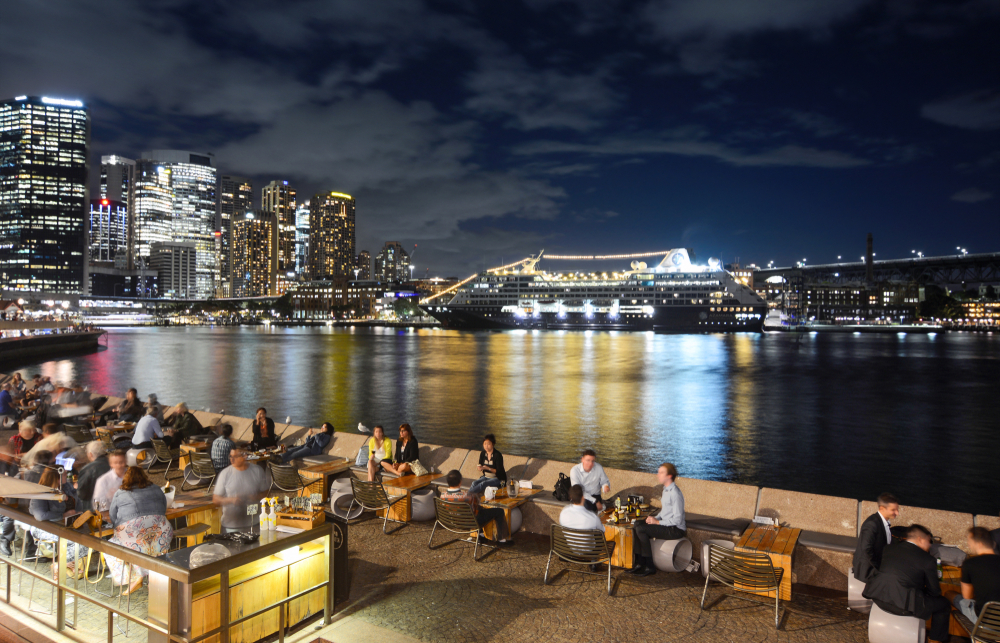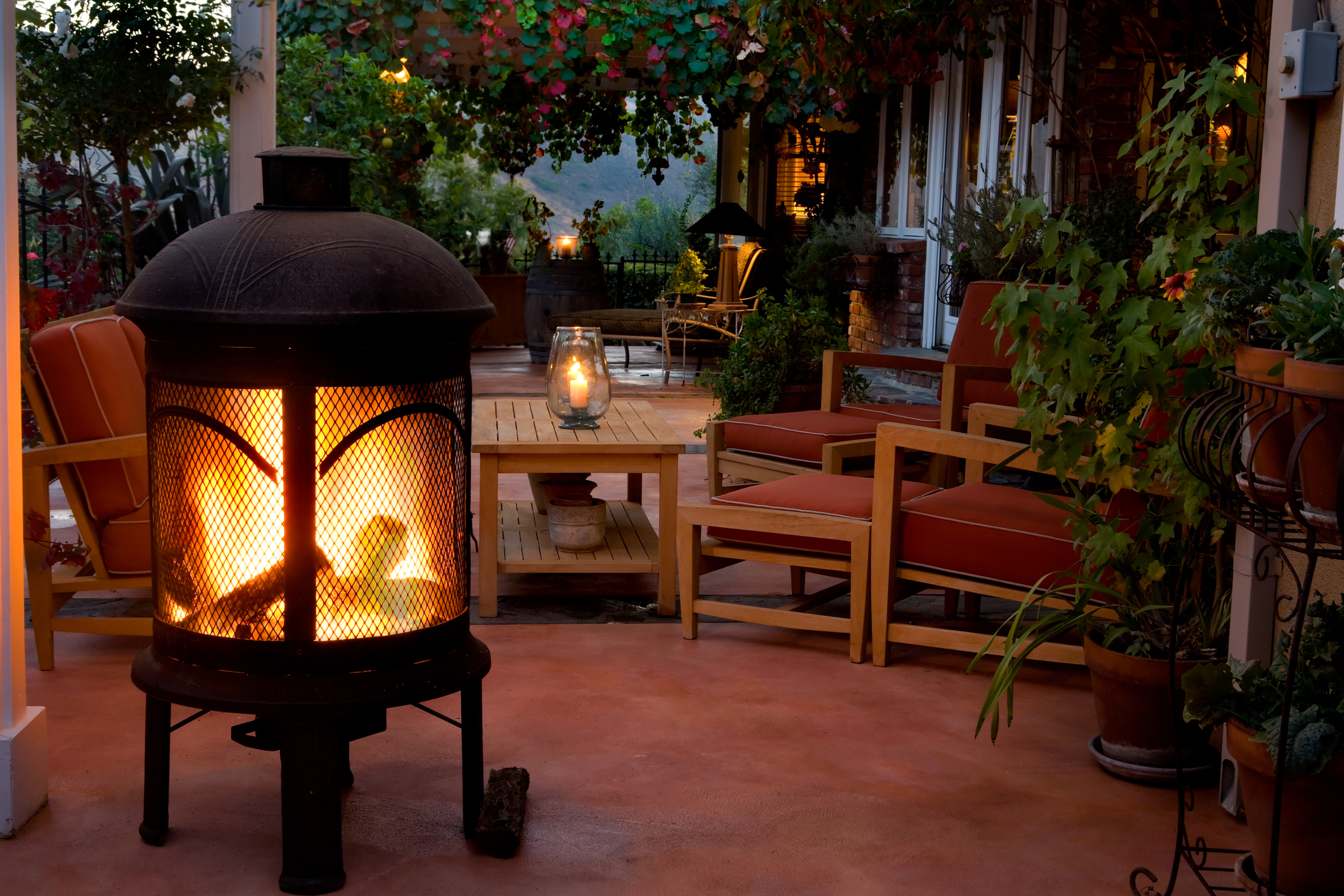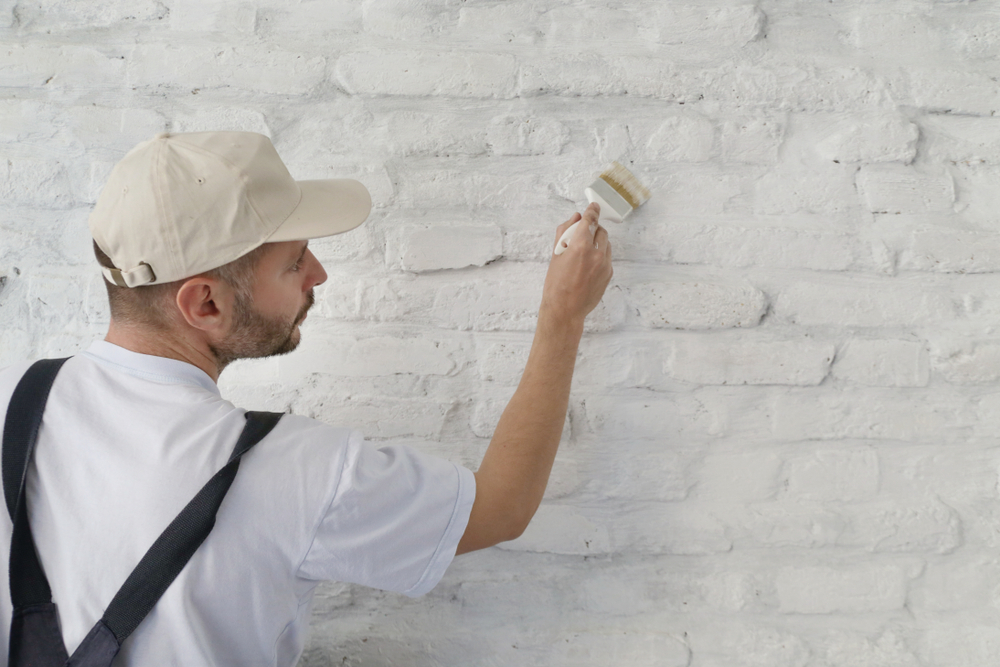Urban sustainability is more than just a buzzword—it’s a necessity for the future of Australian cities. As urban areas expand, thoughtful planning is required to balance development with environmental responsibility. One key factor in this effort is street furniture, which plays a crucial role in making cities more sustainable. From park furniture made with recyclable materials to eco-conscious designs crafted by street furniture companies, investing in greener infrastructure is a step toward reducing urban impact and fostering more liveable spaces.
Sustainable Materials in Street Furniture
One of the biggest ways cities can improve sustainability is by choosing materials that minimise environmental impact. Traditional materials like concrete and metal have long been used in urban infrastructure, but they come with high carbon footprints. Modern alternatives include:
- Recycled plastic composites – These offer durability while reducing plastic waste.
- Sustainably sourced timber – Provides a natural aesthetic while ensuring responsible forest management.
- Powder-coated aluminium – Resistant to corrosion and fully recyclable.
- Concrete blended with recycled materials – Reduces reliance on raw resources and extends product lifespan.
By opting for these materials in the production of street furniture, cities can significantly cut down on waste and pollution while ensuring long-term functionality and maintenance cost reductions.
Eco-Friendly Manufacturing and Design Innovations
Sustainable urban development isn’t just about what materials are used, but also how products are made. Eco-friendly manufacturing processes, such as energy-efficient production and minimised waste during fabrication, can have a major impact.
Some innovative approaches in sustainable park furniture production include:
- Low-emission manufacturing – Using renewable energy sources to power production facilities.
- Modular and repairable designs – Allowing for easy maintenance and replacement of components rather than complete replacements.
- Water-based coatings – Reducing the use of toxic chemicals in finishing processes.
Forward-thinking street furniture companies are adopting these practices to help shape a greener, more sustainable urban landscape alongside councils, city planners and urban developers.
The Future of Street and Park Furniture in Urban Sustainability
As cities grow, so too will the demand for infrastructure that aligns with sustainability goals. Future advancements in streetscape furniture may include:
- Smart seating with solar-powered charging stations – Encouraging energy-efficient public amenities.
- Green walls and planters integrated into furniture – Helping improve air quality and biodiversity in urban spaces.
- Sustainable lighting solutions – Solar-powered LED lighting on benches and shelters to reduce energy consumption.
- Solar-powered street furniture – Benches and bus shelters with built-in solar panels could provide lighting or USB charging, reducing reliance on the grid.
- Smart waste management – Bins with sensors that notify councils when they need emptying, reducing unnecessary collections and emissions.
- Modular furniture – Customisable and adaptable furniture that can be rearranged based on seasonal or event needs, ensuring long-term usability.
These innovations will ensure that urban furniture contributes positively to both the environment and the people who use it within our communities.
Sustainable Street Furniture for a Greener Future
Sustainability in urban development requires a multi-faceted approach, and street furniture companies are key players in shaping greener cities. By prioritising eco-friendly materials, adopting responsible manufacturing processes, and innovating for the future of street furniture, the industry is paving the way for urban spaces that are both functional and environmentally conscious. Whether it’s park furniture designed for longevity or smart, energy-efficient installations, these small changes have a big impact on sustainability in Australian cities.






